
Highborn: Understanding Its Definition and Meaning Today
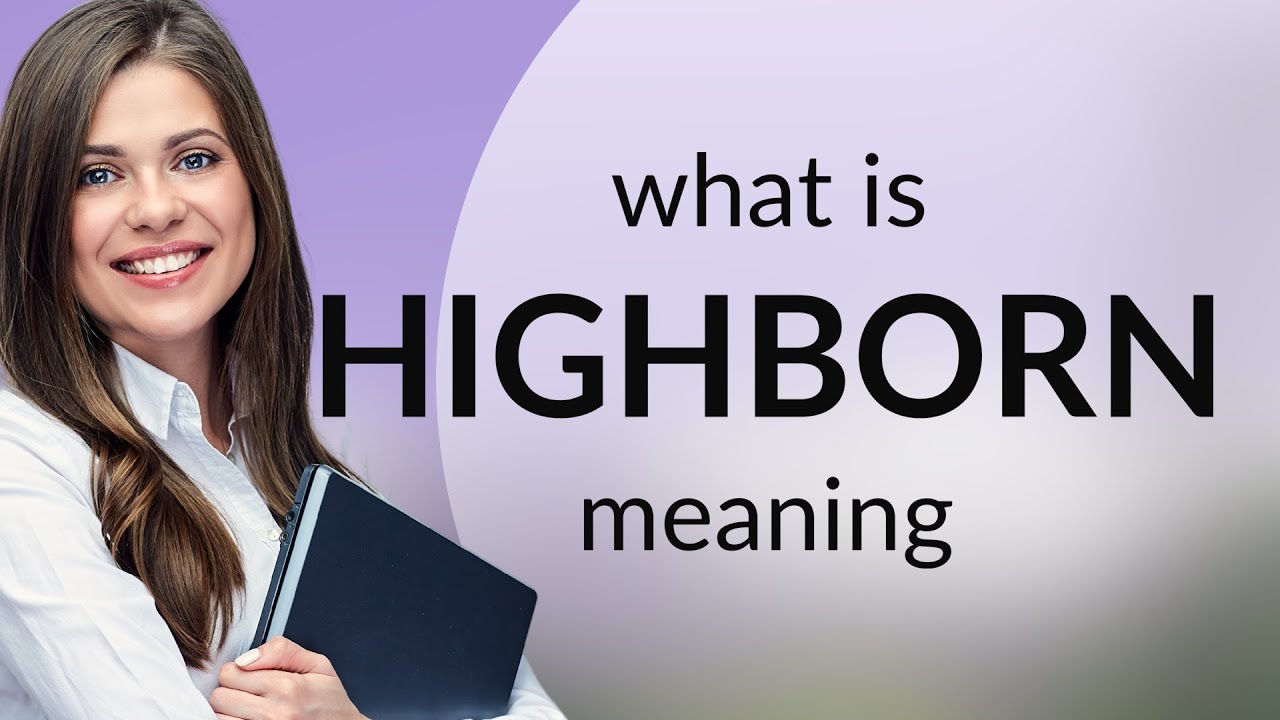
In today's society, the term highborn carries with it a rich connotation that encompasses both historical significance and modern implications. Traditionally, a person who is considered highborn is one who is born into a family of significant social status, often tied to nobility, aristocracy, or influential lineage. Understanding what it means to be highborn involves a deeper exploration of its definition, historical context, and the way it has evolved over time.
As we navigate through the complexities of social hierarchies, the concept of being highborn takes on new meanings, reflecting contemporary societal norms and values. This article aims to provide a comprehensive look at the definition of highborn, its historical roots, its social implications today, and how it continues to shape our understanding of class and privilege in modern society.
Definition of Highborn
The term highborn is defined as someone who is born into a family of high rank, wealth, or aristocratic status. It implies a certain level of privilege and entitlement that comes from one’s ancestry. Usually associated with the upper echelons of society, highborn individuals are often seen as having access to resources, education, and opportunities that are not available to those of lower social standings. This status is typically hereditary, passed down through generations, and often includes titles such as Duke, Earl, or Baron.
Moreover, to be highborn does not just implicate financial wealth; it can also encompass cultural capital and social influence. Families with a long history of highborn status may have established connections and networks that further elevate their standing in society. Consequently, this definition invites a broader exploration of how being born into privilege can impact an individual's life journey and their interactions within the social fabric.
Historical Context of Highborn
To understand the modern interpretation of highborn, it is essential to look back at history. In medieval Europe, being highborn often dictated one's fate from the moment of birth. Noble families controlled vast lands, held sway over political matters, and maintained social order. Special roles were assigned to the highborn, which included governance, warfare, and religious leadership. These roles solidified the concept of aristocracy as the backbone of societal structure, and being highborn was viewed not only as a privilege but also as a responsibility.
The rise of feudalism in Europe further reinforced the division between the highborn and common folk. As landowners, the highborn enjoyed not only wealth and status but also power over those who worked the land. This historical context reveals how highborn status was not merely about individual privilege but a system of governance and economics that upheld social hierarchies.
The Evolution of Highborn in Modern Society
As societies evolved through events such as the Enlightenment and the Industrial Revolution, the strict definitions of highborn began to shift. Social mobility became more accessible, with individuals from less privileged backgrounds finding opportunities to elevate their status through education, entrepreneurship, and innovation. In contemporary society, the line distinguishing the highborn from the rest has blurred. Cultural changes emphasize meritocracy over the strictly hereditary nobility that defined previous eras.
Today, while the concept of being highborn still exists, it is intricately tied to elements beyond mere lineage. Wealth accumulation through new economic ventures, media visibility, and cultural influence also plays a crucial role in defining modern highborn. As such, the modern figure of the highborn is often multifaceted, taking into account not only genealogical ties but also personal achievements and societal contributions.
The social implications of being highborn are profound and complex. Individuals born into privilege may benefit from various advantages that come with their status—such as access to elite education, influential networking opportunities, and a certain level of societal respect. However, these advantages can also come with extraordinary expectations and pressures to maintain their family's legacy.
There is also a counter-narrative that highlights potential challenges faced by the highborn. Often scrutinized or envied, the highborn may grapple with issues of identity and authenticity. In a world that increasingly values self-made success, those born into privilege may face public perceptions of unearned advantages, leading to discussions about entitlement and generational responsibility.
Highborn vs. Nobility: Differences and Similarities
While the terms highborn and nobility may seem interchangeable, they have distinct meanings. Nobility often refers specifically to individuals or families who hold hereditary titles, such as lords or ladies, as recognized by a sovereign authority. In contrast, highborn encompasses anyone from a family of significant social status, which may not necessarily include nobility as a requirement.
Both categories, however, denote privilege and social standing, but the highborn can refer to those who have achieved prominence through wealth or success that does not have to derive from traditional titles. This distinction highlights a shift in understanding social hierarchy in the modern context, where personal accomplishments can elevate one's status to that of the highborn regardless of lineage.
Cultural Representations of Highborn
The depiction of highborn individuals within cultural narratives—such as literature, film, and art—often reflects societal values and critiques regarding class and privilege. From classic novels featuring aristocratic characters to contemporary films that highlight the lives of the wealthy elite, the highborn are frequently portrayed as both aspirational figures and subjects of envy.
In literature, authors often utilize the highborn character archetype to explore themes of social structure, moral dilemmas, and the contrast between privilege and the struggles of the less fortunate. Through these narratives, audiences gain insight into the lived experiences of the highborn, revealing both their privileges and vulnerabilities and fostering a discussion about class dynamics in society.
The Relevance of Highborn Today
In modern society, the relevance of being highborn persists, albeit in a transformed context. While traditional markers of status may be diminishing, new forms of social stratification—often driven by technology and globalization—continue to create hierarchies that can echo the historical implications of being highborn. Today, prominence may be derived from celebrity culture, digital influence, or substantial financial resources, amid a backdrop where family lineage may take a backseat.
The ongoing discussion surrounding privilege, inequality, and access to opportunities weighs heavily on the concept of highborn. As society evolves, understanding the nuances of this term entails recognizing the complexities of contemporary social dynamics and their impact on perceptions of class and privilege.
Conclusion
The concept of highborn continues to trigger discussions about social status, privilege, and the intersection of heritage and achievement. As we navigate an ever-changing societal landscape, the implications of being highborn remain significant. Historical contexts have provided a framework for understanding this term, while modern interpretations highlight the evolving nature of class and status.
Ultimately, the relevance of being highborn today lies not just in one's social standing or family connections, but also in how individuals navigate their identities and responsibilities within their communities. As society continues to grapple with issues of class and opportunity, the meaning of highborn will likely continue to evolve, reflecting the larger cultural dialogues in which it exists.
Did you find this article helpful? Highborn: Understanding Its Definition and Meaning Today See more here Education.
Leave a Reply

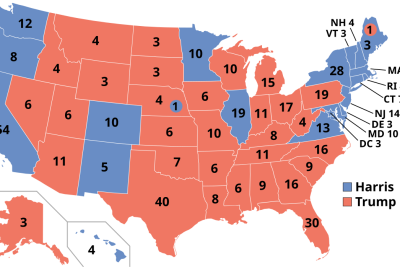
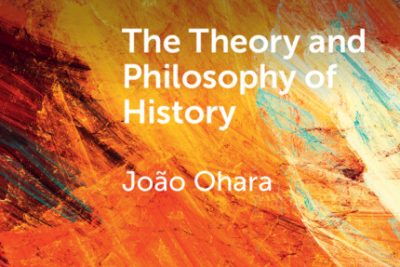
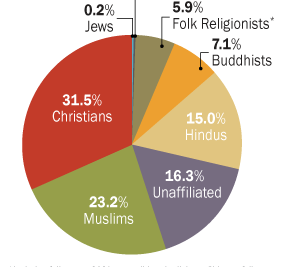
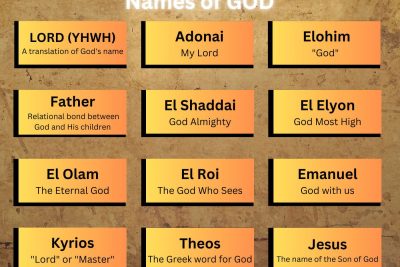

Related posts